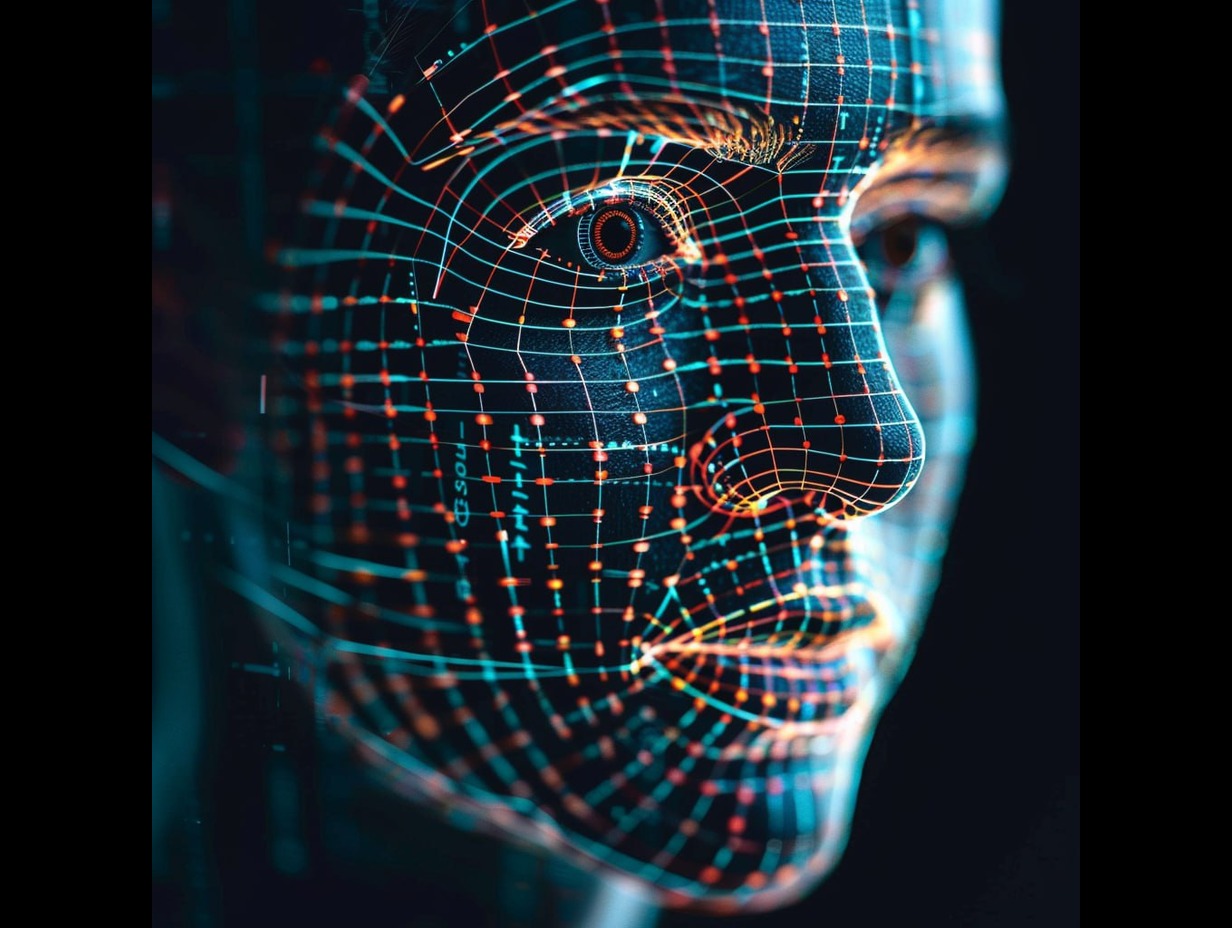A recent exposé by 404 Media shed light on a burgeoning crisis: the violation of markers of identity by AI taking benefit of loopholes found in outdated authentication systems. Recently, OnlyFake, a service dominated deep underground by 404 Media, has been the subject of a stand-out danger risk.
Telegram is the platform for OnlyFake to allegedly sell computer-generated false ID documents, including driver permits and passports, in up to twenty-six countries. However, OnlyFake is the only 404 Media campaign that doesn’t tell us how they are making money if they are not selling intelligence; speculatively, their extremely low prices show that their business might be related to AI.
The proliferation of cheap and convincing AI-generated fake IDs
Nothing can compare to OnlyFake’s rapid speed; the custom IDs can be massed in thousands in 1-2 hours, making up to 20,000 fakes daily. Besides hurting in-the-flesh stores, these cheap yet authentic-looking fake IDs become staff veracity online (the biggest concern). Unlike physical IDs, which include anti-fraud components such as holograms and micro letters, the creator of OnlyFakes digital verification technology has been tailored for online environments, so old verification techniques are useless.
These changes in face recognition technology make it evident that a paradigm shift in this identification is required. Old school machines, which solely depend on hardcopy documents to create the fakes, cannot withstand the rapidly growing variety of artificial intelligence AI as far as advanced digital forgeries are concerned. Developing technology moves more services online, hence, leading to the wide exposition of the security gaps of old systems, which often end up in a surge of identity thieves and digital imposters.
Embracing digital IDs: A solution to combat fraud and enhance privacy
The invention of digital identity documents poses a promising solution to the growing threat of AI-produced photoshopped IDs. While digital IDs bring with them the feature of cryptographic security measures similar to that of deepfake verification, they give great protection against AI mimics by an injection of AI algorithms. These standards, containing not-so-easily decipherable cryptographic signatures with unmatched complexity, render illegal replication of AIs nearly computationally impossible.
Adopting digital IDs may bring more peace of mind by enhancing security and convenience; however, the security and privacy of this implementation must be conditioned with strict rules. Online voting systems should allow the establishment of risk mitigation mechanisms that address concerns like surveillance and unauthorized data storage.
However, this requires a comprehensive approach that includes technological breakthroughs and a solid policy framework. By implementing the privacy per design concept and utilizing the logistics implemented in binding the digital ID to the physical devices, the stakeholders will ensure privacy and information security.
Empowering users: Rewriting identity credentials of the present digital world.
A pivotal advantage of digital IDs is their ability to enable near-absolute control over users to dole out data to some third party. With the help of this feature, people can help authenticate their identity by disclosing specific information to individuals only when it is needed. Recipients will not receive sensitive information when it is not necessary. Privacy and security are not only enhanced through accessibility but also provide an important barrier to scammers who could try to access and use stolen or fake credentials against innocent people.
The increasingly expanding menace of AI formation of fake IDs almost makes innovation the most urgent thing one might need. Modernizing into a digital identification system with privacy protection will be a great impetus to developing global online security and preventing fraud. Through the power of digital identification systems, stakeholders could reverse it and make online transactions more reliable. The fundamental privacy and security principles in the digital domain would be respected.




